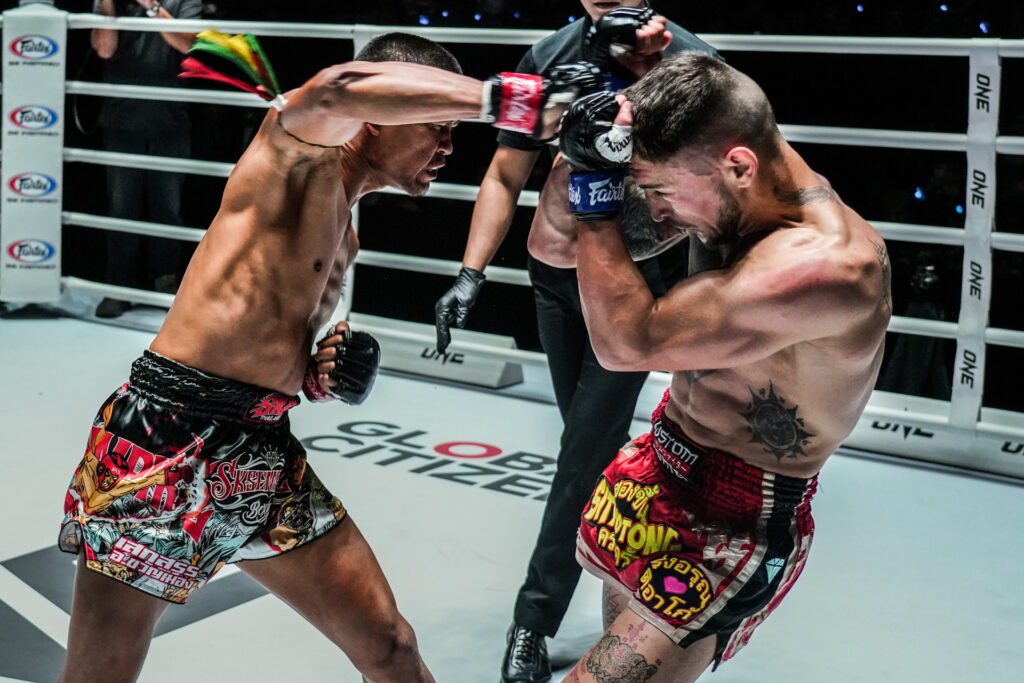In recent years, the term “evolved fights” has gained traction in discussions about combat and action scenes in entertainment. This concept refers to the advancements and transformations in how fights are choreographed, filmed, and presented in various media, including films, television, and video games. This article delves into the concept of evolved fights, examining how they have developed over time and their impact on audiences and creators.
What Are Evolved Fights?
Evolved fights represent a significant shift in how combat is depicted in media. Unlike traditional fight scenes, which often relied on basic choreography and straightforward filming techniques, evolved fights incorporate more sophisticated elements. These include advanced choreography, innovative camera work, and cutting-edge special effects. The result is a more immersive and dynamic experience for the audience.

The Evolution of Combat Choreography
One of the key aspects of evolved fights is the evolution of combat choreography. Here’s how fight choreography has evolved over the years:
From Basic to Complex
In earlier films and television shows, fight scenes often involved simple, repetitive moves. Today, evolved fights feature intricate choreography that showcases a wide range of martial arts techniques and styles. Choreographers now design sequences that flow seamlessly and tell a story, enhancing the overall narrative of the media.
Influence of Martial Arts
The incorporation of various martial arts disciplines has greatly influenced evolved fights. Traditional martial arts like Kung Fu, Taekwondo, and Brazilian Jiu-Jitsu have become staples in fight choreography. Modern productions often feature skilled fighters who bring authenticity and expertise to the scenes, elevating the realism and excitement of the combat.
Technological Advancements in Evolved Fights
Technological advancements have played a crucial role in the development of evolved fights. Here are some key innovations:
High-Definition Filming
The transition from standard definition to high-definition (HD) and 4K filming has significantly impacted how evolved fights are presented. High-definition cameras capture every detail of the action, allowing for a more immersive and visually striking experience. The clarity of HD filming enhances the intensity and realism of fight scenes.
Special Effects and CGI
Special effects and computer-generated imagery (CGI) have transformed evolved fights by adding elements that are not possible with practical effects alone. From explosive impacts to fantastical powers, CGI allows creators to push the boundaries of what is visually achievable. This technology helps in creating epic and visually stunning combat sequences.
Motion Capture
Motion capture technology has revolutionized the way evolved fights are filmed, particularly in video games and animated media. By capturing the movements of real actors and translating them into digital characters, motion capture ensures that fight scenes in games and animations have a natural and fluid quality.
Evolved Fights in Different Media
The concept of evolved fights extends across various forms of media, each showcasing its unique approach to combat.
Film and Television
In film and television, evolved fights are often characterized by elaborate choreography and impressive special effects. Productions like “John Wick” and “The Matrix” have set new standards for fight scenes, combining precise choreography with innovative camera work and CGI. These films have influenced how combat is depicted in other media, pushing the boundaries of traditional fight sequences.
Video Games
Evolved fights in video games offer an interactive experience, allowing players to engage in combat firsthand. Games like “Tekken” and “Mortal Kombat” feature complex fighting systems and realistic animations, giving players the opportunity to perform intricate moves and strategies. The advancement of gaming technology continues to enhance the quality of fight sequences, making them more engaging and immersive.

Animation and Anime
In animation and anime, evolved fights are often marked by dynamic visuals and stylized combat. Anime series such as “Dragon Ball Z” and “Attack on Titan” showcase high-energy fight scenes with exaggerated movements and dramatic effects. The flexibility of animation allows for creative and visually spectacular combat that might be challenging to achieve in live-action.
The Impact of Evolved Fights on Audiences
Evolved fights have a profound impact on audiences, influencing their expectations and experiences. Here’s how:
Enhanced Engagement
The sophistication of evolved fights captivates audiences by delivering visually stunning and emotionally charged combat. The combination of advanced choreography and special effects keeps viewers engaged and invested in the action, enhancing their overall experience.
Increased Realism and Authenticity
For many viewers, the realism and authenticity of evolved fights add to the appeal of the media. By incorporating genuine martial arts techniques and utilizing cutting-edge technology, creators provide a more realistic and believable depiction of combat, which resonates with audiences.
Setting New Standards
Evolved fights set new standards for action scenes in media. As audiences become accustomed to high-quality fight sequences, there is increased pressure on creators to deliver innovative and impressive combat scenes. This push for excellence drives continuous improvement in fight choreography and technology.

Conclusion
Evolved fights represent a significant advancement in the portrayal of combat across various forms of media. Through the evolution of choreography, technological innovations, and the diverse ways combat is presented in film, television, video games, and animation, evolved fights have transformed the way audiences experience and enjoy action scenes.
By embracing these advancements, creators can continue to push the boundaries of what is possible in combat portrayal, offering audiences thrilling and immersive experiences. As the industry evolves, the concept of evolved fights will undoubtedly continue to shape the future of action and entertainment.


